What data will Nash get when he comes to the current NBA game?
As one of the 75 historical superstars in the NBA, Steve Nash, who has won two MVPs, was selected for the first team three times, and played four times in the 180 club shooting season, is generally considered an important pioneer in the small ball era and one of the legendary point guards in NBA history. When he played for the Dallas Mavericks, Nash helped the Mavericks become the team with the highest offensive efficiency in the league. Later, he transferred to the Suns to the top of the team under D'Antoni's system, achieving MVP honors. In the mid-to-post 2000S, where the league's offense and defense pace was still very slow, Nash dominated the Suns' seven-second offensive system, making the Phoenix Suns a dazzling landscape in the league at that time. If we come to the current small ball era, what data will Nash get? According to Nash's own memories and interview answers, if he comes to this era, he will definitely increase development efforts. From the general perspective of fans and media, Nash is also very adaptable to the current NBA superstars, and is generally optimistic about Nash's data improvement. Nash in his heyday, the author took the 2005-06 season as a reference benchmark. At that time, Nash was a complete old version of the ball and averaging 35.4 minutes per game, averaged 13.4 shots per game, contributed 18.8 points, 10.5 assists and 4.2 rebounds, shot a shooting percentage of 54.2%, three-point shooting percentage of 43.9%, free throw shooting percentage of 92.1%, and 3.5 turnovers. From an offensive perspective, compared with Nash's era, the overall number of rounds in the NBA is now about 15%, plus the body whistle whistle slapping scale and team three-point shooting have been greatly improved (Nash's era, the Suns averaged 25 three-point shootings, but now league teams generally have to make 49 three-point shootings). Nash's very powerful assist performance will only be magnified and will not be reduced, and 13.5 assists per game will become the baseline. Chasing for three points, external three-pointers, pick-and-roll scores, assist conversion rate, small-scale penalty, and score on the free throw line. Basically, all the parts related to offense can be imagined. Nash's killer moves are ushering in small strengthening, with the increase in shooting and average scores, which is within an imaginable range. The defensive end part, the current era of defense replacement and the frequent use of naming tactics will also enhance the exposure of its defensive weaknesses. There are many big ball holders, and there are also many point guards with strong impact. It is an indisputable fact that Nash, who has weak defense, needs the team to build a protection system. The defensive round will be frequently closed and protected, and the average playing time per game will be estimated to be stuck in the range of about 32 minutes. From the deduction part, when the peak Nash comes to modern play, there will be a version in two directions: Scenario 1: A strong team in the championship playoffs, a point guard (such as the Pacers) Data model: 23.0 points, 13.5 assists and 3 rebounds, 180 club shooting data, playing time 32 minutes Role positioning: the offensive system is absolutely core, the defensive end is filled by the forward group Achievement prediction: assist king + first-team point guard, competition MVP + competition championship Reference object: weakened version of personal defense, greatly enhanced version of Halliburton. Analysis and Comments: In this version, Nash's playing time will drop slightly compared to the era in which he lives, and the shooting may not increase too much, but rather play more reasonable basketball and transmission when the organization is given priority; but despite this, the increase in the total number of rounds and the acceleration of the pace are enough to increase the offensive effectiveness of Nash in unit time to a certain amount of data. Scenario 2: Reconstruction stage & Ordinary Playoff team Absolute Boss (such as the Hawks) Data explosion: 28 points, 12 assists and 4 rebounds, 180 club shooting data, usage rate 30%+, playing time 36 minutes Risk cost: Defensive loopholes amplify, the team's winning rate fluctuates slightly upwards at 50%. Reference template: Trae Young, who has a lot of offensive efficiency and a little higher overall average data. Analysis and Comments: This version can be regarded as the peak of Nash in the [Let's Swing] version. The best reference object is Trae Young, who has regarded him as his idol since childhood. In terms of offensive threat, Nash is 1 to 2 better than Yang, and can basically maintain his peak shooting performance to the point where he appropriately adds production to the data that Trae Yang uses a shooting percentage of over 40%. However, in terms of digesting scoring capacity, Nash averaged 30 levels per game, which I think is basically unrealistic. 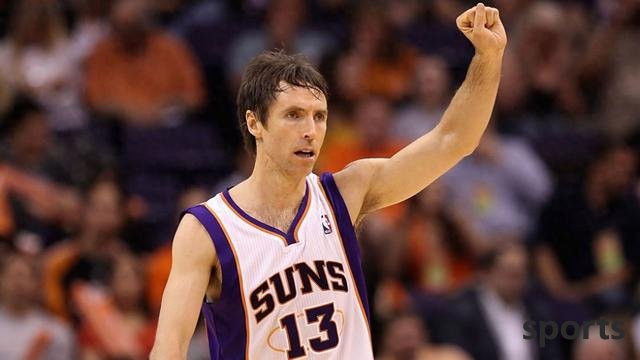
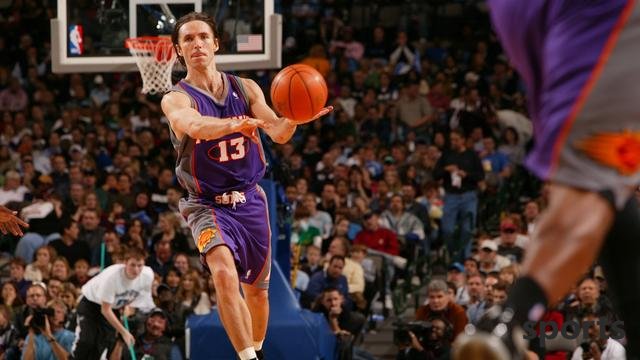
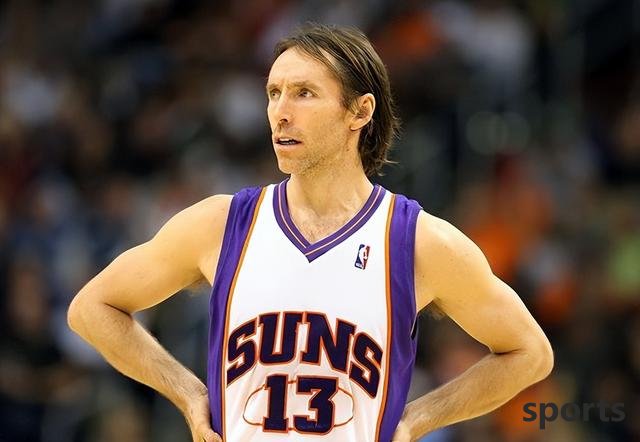
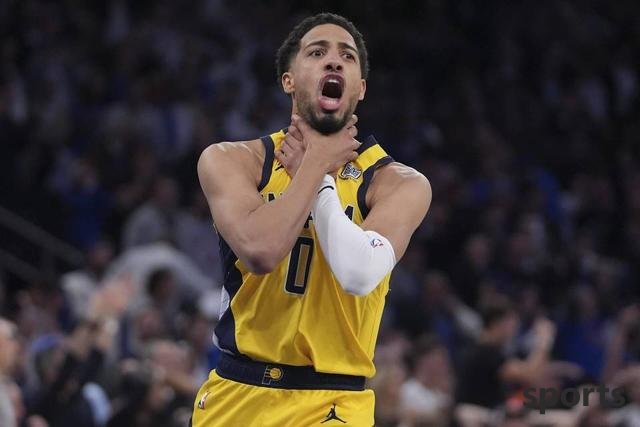
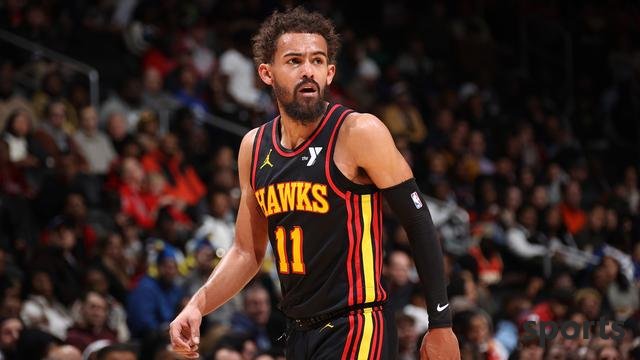
- Recent Posts
-
- The 2025 NBA free market signi
- In 2007, Yi Jianlian was only
- The exclusive privilege of No.
- From Seminary to NBA Finals, S
- Booker stays in the team, the
- Westbrook is done with a domin
- George: Are you polite?
- NBA released who plays the mos
- Geniuses that are about to dis
- League 1 salary + 10 due contr
- Hot Posts
-
- After signing with the Trail B
- "NBA Finals G6" Thunder VS Pac
- Bill wants to complete a buyou
- Thunder substitute Caruso: Gre
- 2-1 in one game! WTA Berlin St
- First-time pick, 25th first-ro
- After the NBA Clippers trade,
- The latest news of the Warrior
- Rockets officially announced 5
- The Suns are finally going to
- Outrageous! The truth about th
- If 13 million is received, run
- US media questioned Yang Hanse
- Paul George undergoes surgery
- Is Paul expected to join the L
- On May 2, Pelinka s latest int
- Anthony: I ve been through man
- 8 first rounds + 60 million sp
- Cavaliers President: Mobley s
- The Warriors "beat" Gobert by
- search
-
- Links
-
